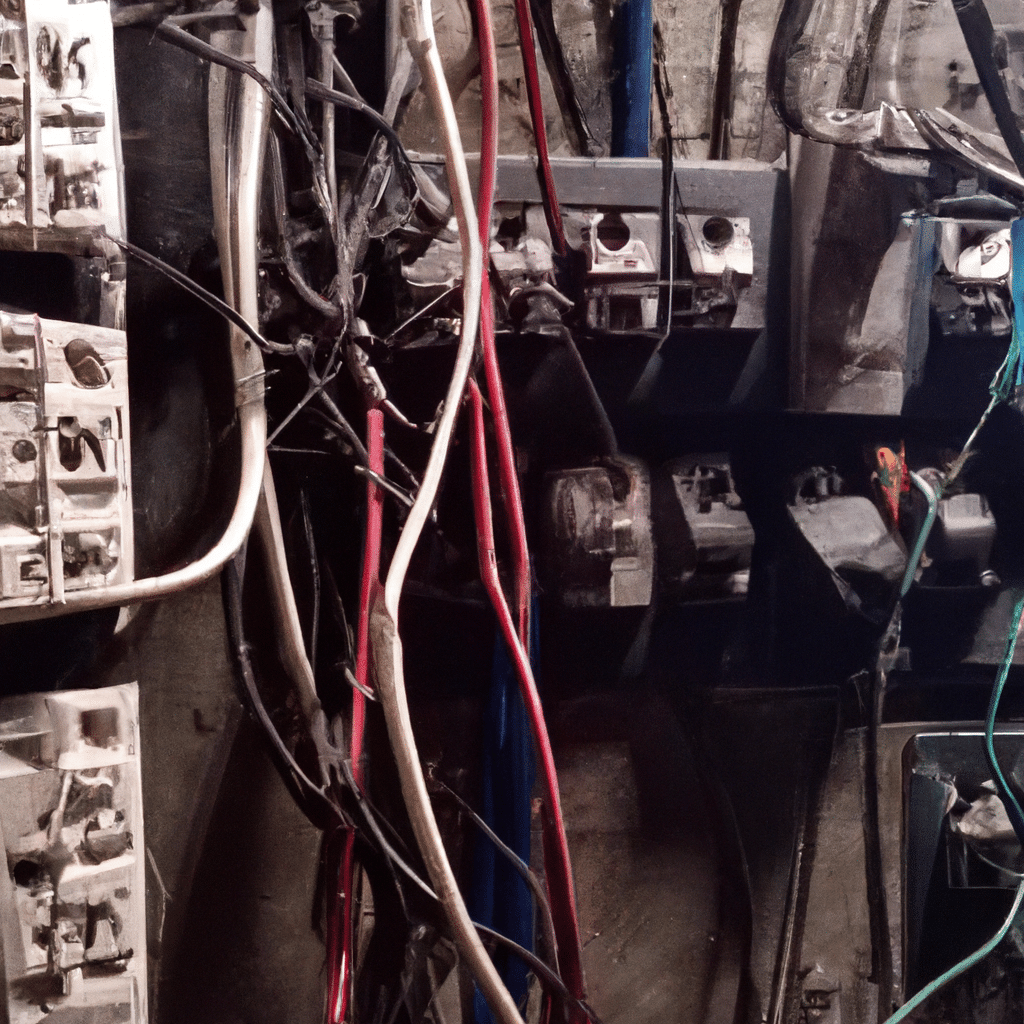
Welcome to our comprehensive guide on the hidden dangers of overloading power outlets and how to safely manage multiple lighting setups. In today’s fast-paced world, it’s common to have multiple electrical devices and lighting systems plugged into the same outlet. However, this can pose serious risks if not properly managed. In this article, we will explore the potential dangers, provide tips on how to avoid overloading and offer practical solutions to ensure the safety of your electrical setup.
Understanding the Risks of Overloading
Overloading power outlets can lead to various hazards, including electrical fires, damage to appliances, and even electrocution. When you plug too many devices into a single outlet, it puts excessive strain on the electrical circuit, causing it to overheat. This overheating can melt the insulation on wires, leading to short circuits and potential fires.
In addition to the fire risk, overloading can damage your appliances. When an outlet is overloaded, it may not be able to deliver the necessary voltage to power all the devices connected to it. This can result in voltage drops, leading to malfunctions and reduced lifespan of your appliances.
Identifying Signs of Overloading
It’s important to be able to identify the signs of overloading to prevent any potential dangers. Some common signs include:
- Frequent tripping of circuit breakers or blown fuses.
- Dimming or flickering lights when other appliances are turned on.
- Warm or hot outlets.
- Burning smells coming from outlets or electrical panels.
- Discolored or charred outlets.
If you notice any of these signs, it’s crucial to take immediate action to address the issue and prevent further risks.
Tips for Safely Managing Multiple Lighting Setups
To safely manage multiple lighting setups and avoid overloading power outlets, follow these practical tips:
1. Assess the Electrical Load
Before connecting any devices or lighting systems to an outlet, it’s essential to assess the electrical load. Each device has a specific power requirement, measured in watts. Add up the total wattage of all the devices you plan to connect to ensure it doesn’t exceed the outlet’s capacity.
2. Use Power Strips and Surge Protectors
Power strips and surge protectors are designed to distribute electrical power safely. When selecting a power strip, ensure it has a built-in circuit breaker to prevent overloading. Surge protectors are particularly useful for protecting sensitive lighting equipment from power surges.
3. Avoid Daisy Chaining
Daisy chaining refers to the practice of connecting multiple power strips or extension cords together. This can create a chain of outlets and significantly increase the risk of overloading. Instead, use individual outlets or invest in power strips with sufficient outlets to accommodate your needs.
4. Spread the Load
To avoid overloading a single outlet, distribute the load across multiple outlets. If possible, connect devices to different circuits to ensure a balanced electrical load. This will help prevent overheating and reduce the risk of electrical fires.
5. Regularly Inspect and Maintain Outlets
Periodically inspect your outlets for any signs of wear, damage, or overheating. Replace any damaged outlets immediately and ensure a qualified electrician installs them. Additionally, avoid using outlets with loose-fitting plugs, as they can create arcing and increase the risk of fire.
6. Educate and Train Your Team
If you are managing a lighting setup in a commercial or professional setting, it’s crucial to educate and train your team on proper electrical safety practices. Teach them how to identify signs of overloading, emphasize the importance of load assessment, and provide guidelines on the safe usage of power outlets.
7. Consult a Professional Electrician
When in doubt or if you have complex electrical setups, it’s always best to consult a professional electrician. They can perform a thorough assessment of your electrical system, provide expert advice, and help you implement the necessary safety measures to prevent overloading.
Conclusion
In conclusion, overloading power outlets can have severe consequences, including electrical fires, appliance damage, and potential harm to individuals. By understanding the risks, identifying signs of overloading, and following the tips provided in this article, you can safely manage multiple lighting setups and protect yourself, your appliances, and your property.
Remember, electrical safety should always be a top priority. Be proactive, spread the load, and seek professional guidance when needed. By taking these precautions, you can enjoy the benefits of multiple lighting setups without compromising safety. Stay informed, stay safe!




